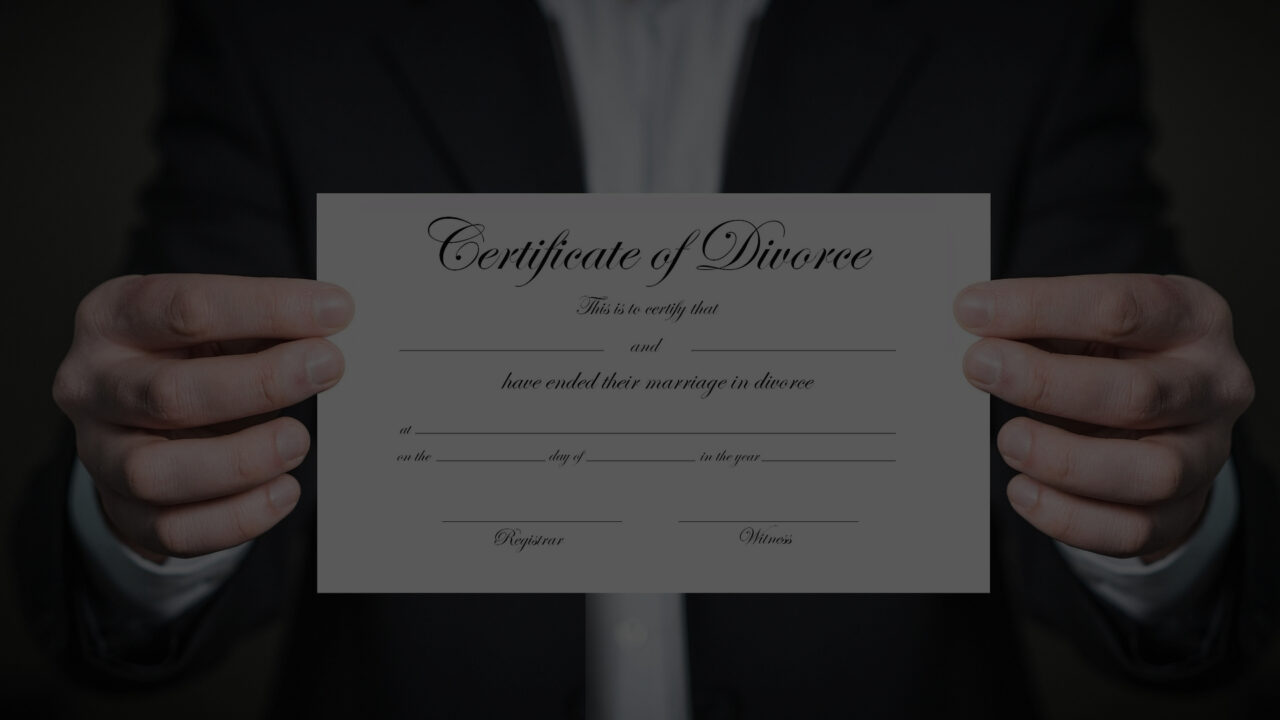divorcedivorce lawsThe History of Divorce: A Look Back at the Evolution of Marriage Dissolution
Divorce, the legal process of ending a marriage, has a long and varied history that spans back thousands of years. From ancient civilizations to modern times, the laws and attitudes surrounding divorce have undergone significant changes, reflecting the shifting cultural and societal norms of each era.




